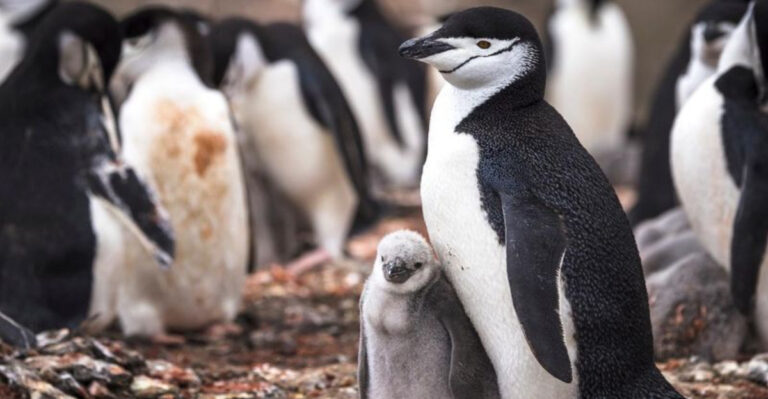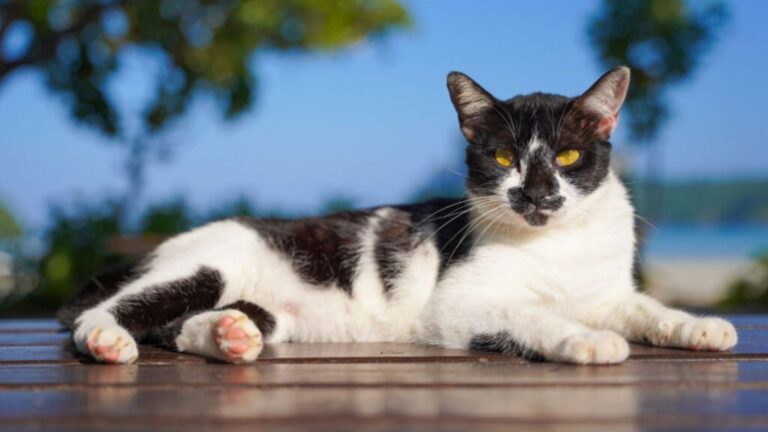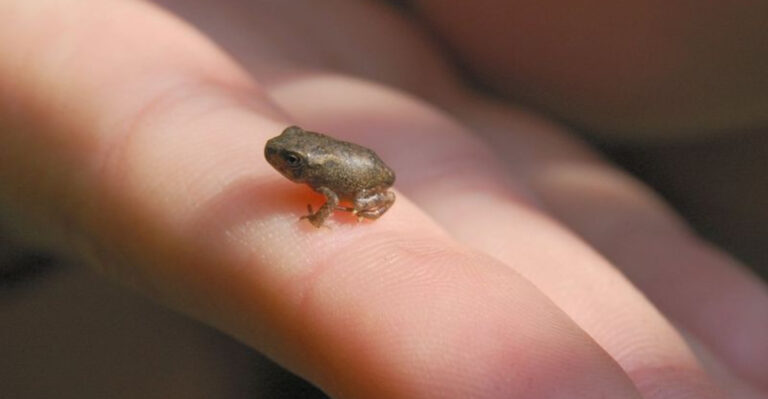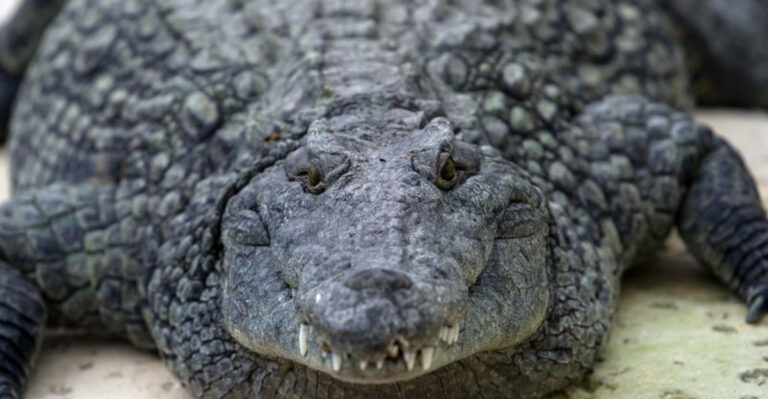16 Natural Cat Behaviors You Should Never Discourage
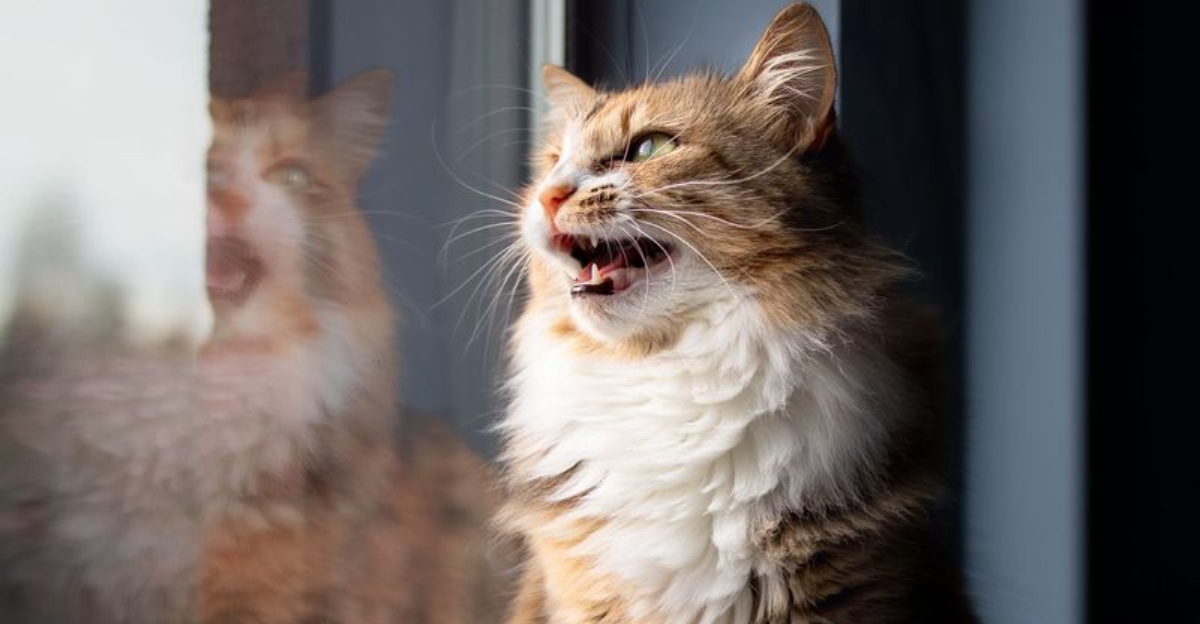
Ever notice how cats can effortlessly switch from aloof to affectionate? These enigmatic creatures have a repertoire of behaviors that are as intriguing as they are endearing. Understanding and embracing these natural instincts not only enriches your cat’s life but also strengthens your bond.
Let’s explore distinct feline habits that, while sometimes puzzling, should never be discouraged. Each has its own charm and purpose, making our furry friends even more fascinating.
1. Kneading
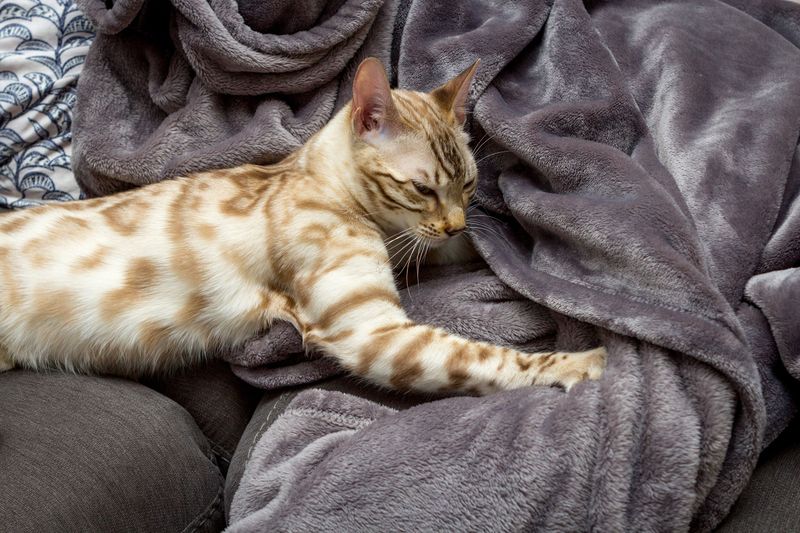
Ever been on the receiving end of a cat’s rhythmic paw massage? This is kneading, a throwback to kittenhood when they knead their mother’s belly to stimulate milk flow.
It’s a sign of contentment and comfort. Kneading also serves as a way for cats to mark their territory, thanks to scent glands in their paws. So next time your cat kneads you, take it as a fluffy compliment!
2. Purring
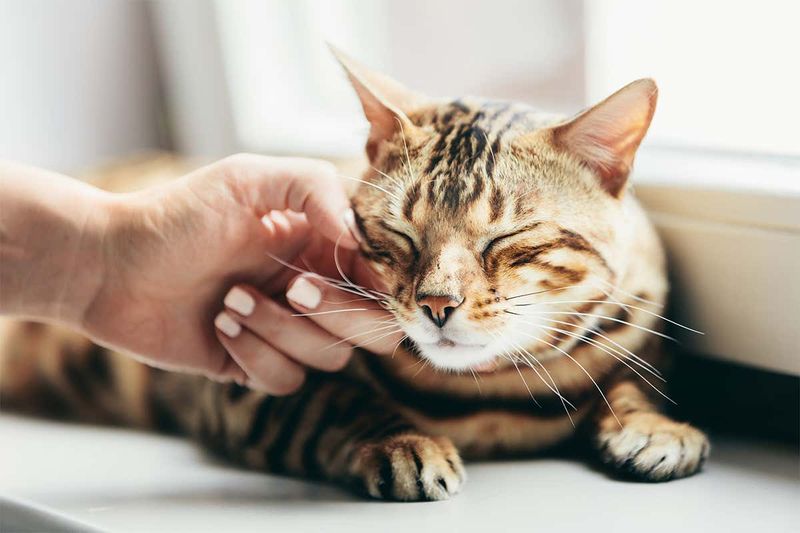
Purring is one of the most soothing sounds, but did you know it’s not just a sign of happiness? Cats also purr when they’re nervous, in pain, or even when they’re trying to heal themselves.
Scientists believe the frequency of purrs can promote healing and reduce pain. Whether it’s a sign of bliss or self-soothing, purring is an essential part of feline communication.
3. Chirping At Birds
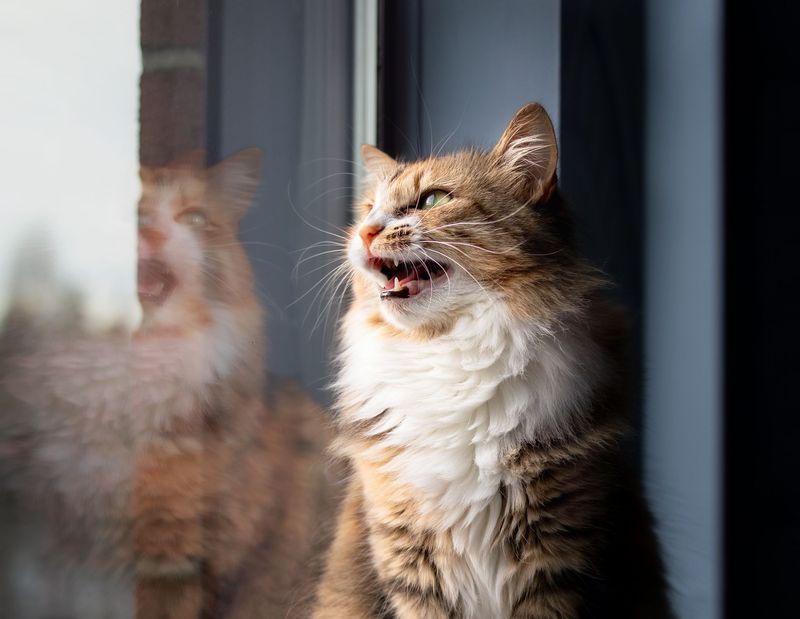
Have you seen your cat chattering at birds outside the window? This behavior, often accompanied by chirping sounds, is a display of both excitement and frustration.
Experts suggest that this mimicry might be an instinctual hunting technique. It’s a fascinating glimpse into your indoor cat’s predatory nature. While they may never catch those birds, the chirping shows their wild side is alive and well.
4. Head Butting
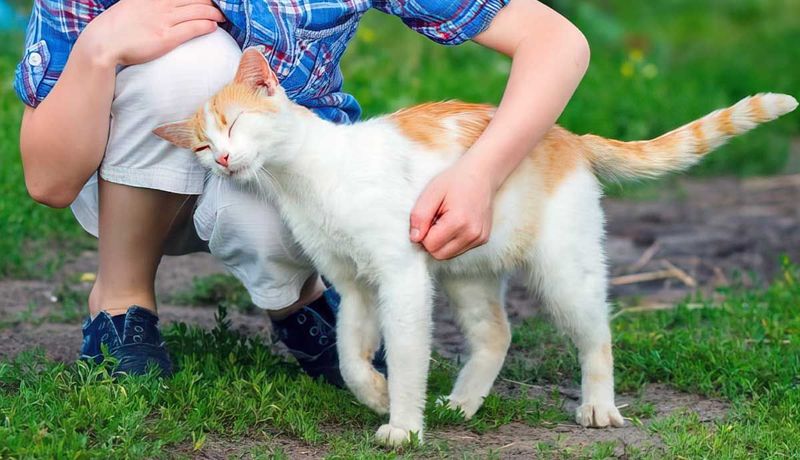
When a cat bumps its head against you, it’s not just being friendly. This behavior, known as bunting, is a way for cats to mark their territory with scent glands located on their heads.
It’s a sign of affection and trust. Bunting is your cat’s way of saying, “You’re mine, and I like you.” So, enjoy these little nudges as tokens of your cat’s friendship.
5. Chasing Shadows
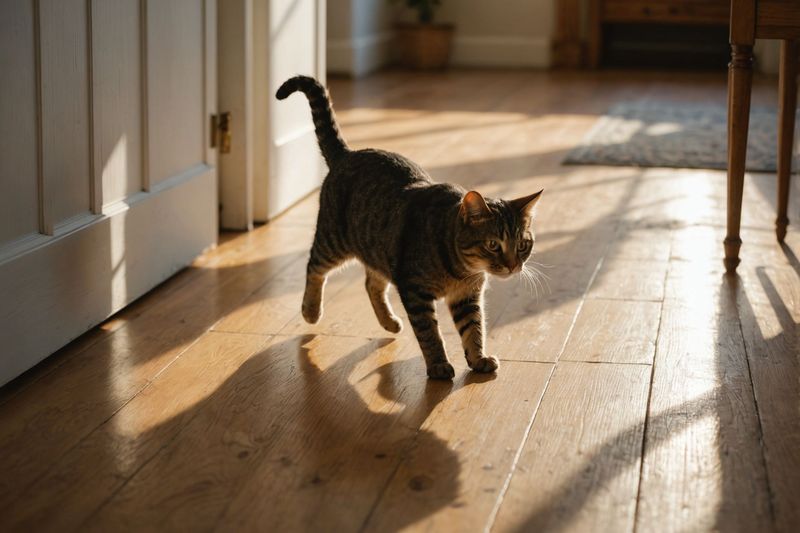
A cat chasing shadows might seem silly, but it’s more than just fun. This behavior taps into their hunting instincts, providing mental stimulation and exercise.
Shadow chasing allows cats to practice their stalking skills in a safe environment. It’s an excellent way for them to burn off energy and stay active. So, next time your feline is chasing shadows, know they’re honing their skills.
6. Scratching
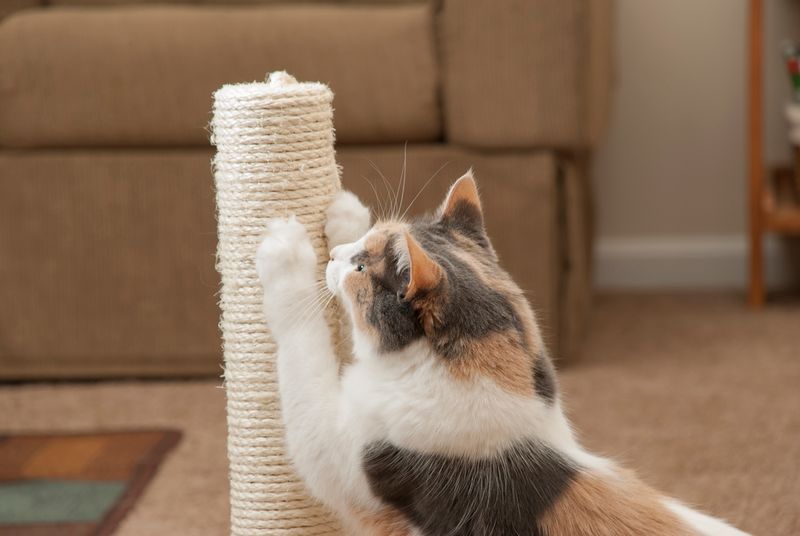
Scratching isn’t just about sharpening claws. It’s how cats stretch their bodies, mark territory, and relieve stress. Providing a scratching post can save your furniture and keep your cat happy.
Understanding this natural behavior helps us support their needs without frustration. Scratching surfaces is essential to their health and happiness, so embrace this habit with suitable outlets for their claws.
7. Bringing “Gifts”
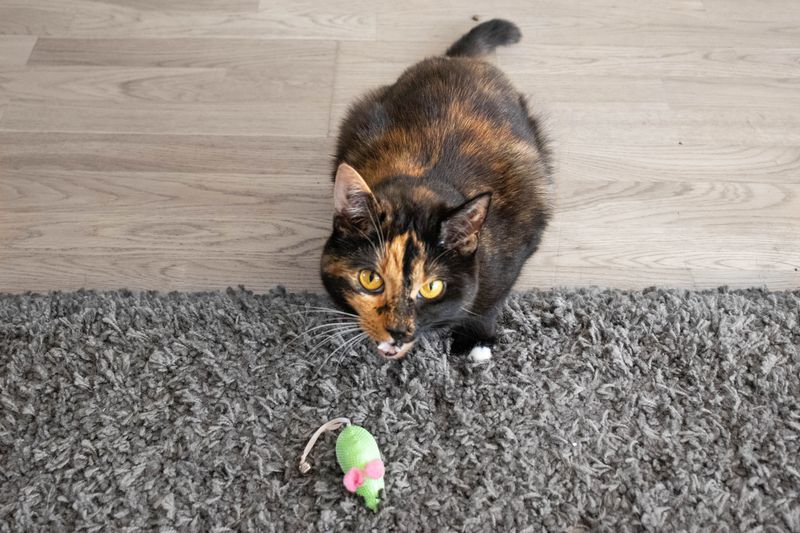
Has your cat ever left you a “gift”? Be it a toy or occasionally something less appealing, this behavior stems from their hunting instincts. By bringing you these treasures, your cat is showing care and trust.
They might see you as part of their family, sharing the hunt’s spoils. While it may seem odd, it’s a compliment from your feline friend, acknowledging your place in their world.
8. Sleeping In Weird Places
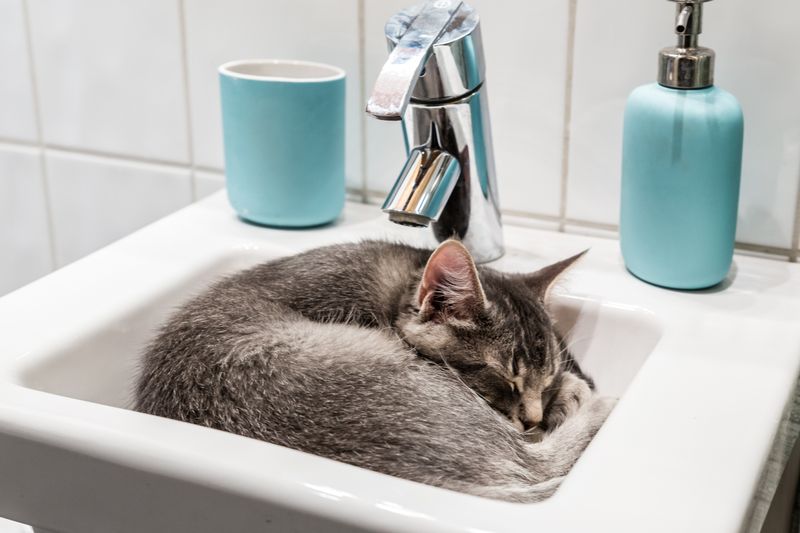
Cats have a knack for finding the oddest places to nap. Whether it’s in a shoebox or on top of a bookshelf, this behavior is rooted in their instinct to find a safe, cozy spot for rest.
These unique choices often reflect their constant search for security and warmth. Embrace these quirky sleeping habits as part of their charm, and ensure they have cozy spots to enjoy.
9. Lying On Your Stuff
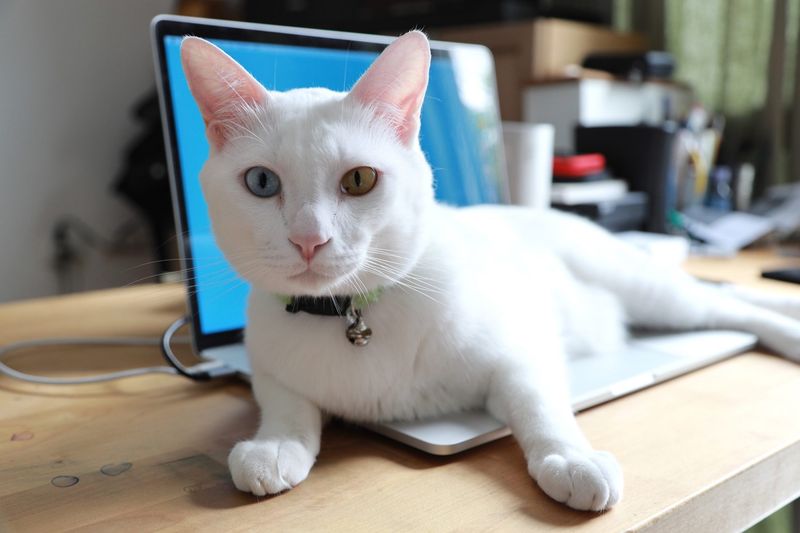
Ever find your cat lounging on your keyboard or favorite sweater? This habit is more than just curiosity; it’s about comfort and claiming territory. Your belongings carry your scent, which is reassuring to them.
By lying on your stuff, they’re surrounding themselves with familiarity and marking their presence. It’s a sweet, if sometimes inconvenient, way for them to feel close to you.
10. Yowling
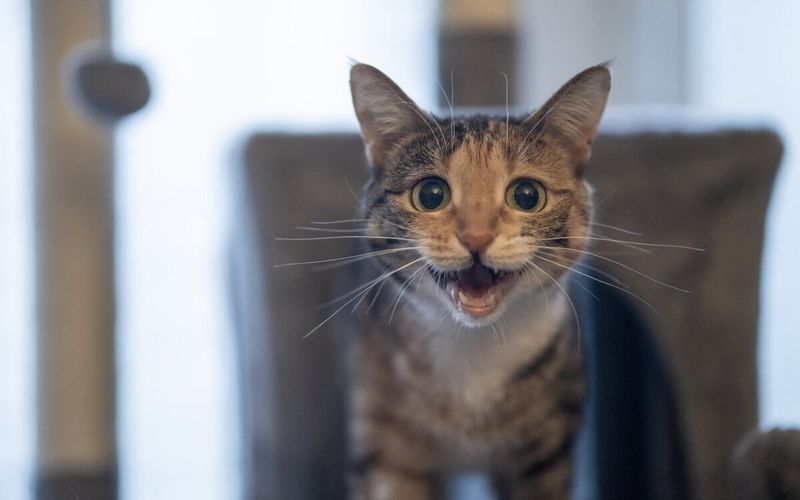
Yowling can be mysterious, but it’s a key feline communication tool. Cats yowl for various reasons, from seeking attention to signaling discomfort or loneliness. It’s their way of expressing complex emotions or needs.
Understanding the context can help you respond appropriately. While the sound might be startling, recognizing yowling as a form of expression helps us better connect with our cats.
11. Slow Blinking
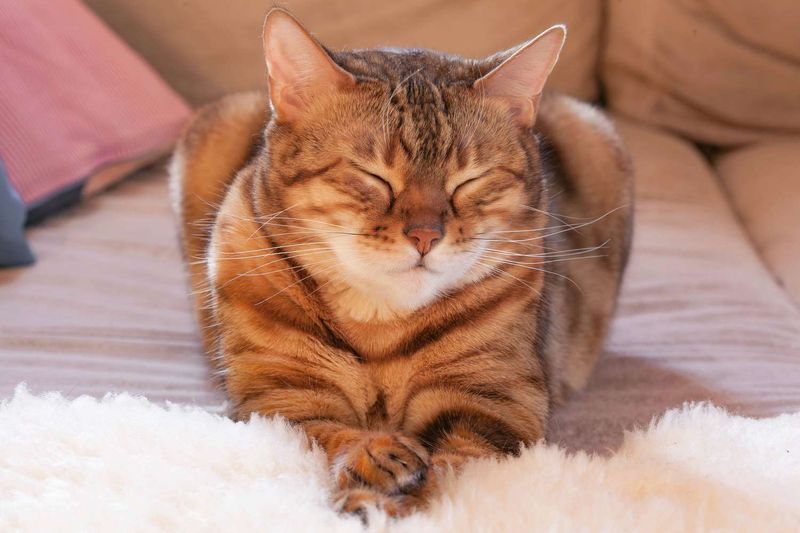
A cat’s slow blink is like a warm hug in feline language. This gesture signifies trust and affection, often referred to as a “cat kiss.”
When your cat locks eyes and blinks slowly, they’re saying they feel safe and content with you. Returning the gesture can strengthen your bond. It’s a special, silent communication that deepens your connection, making slow blinking a heartwarming behavior to cherish.
12. Zoomies
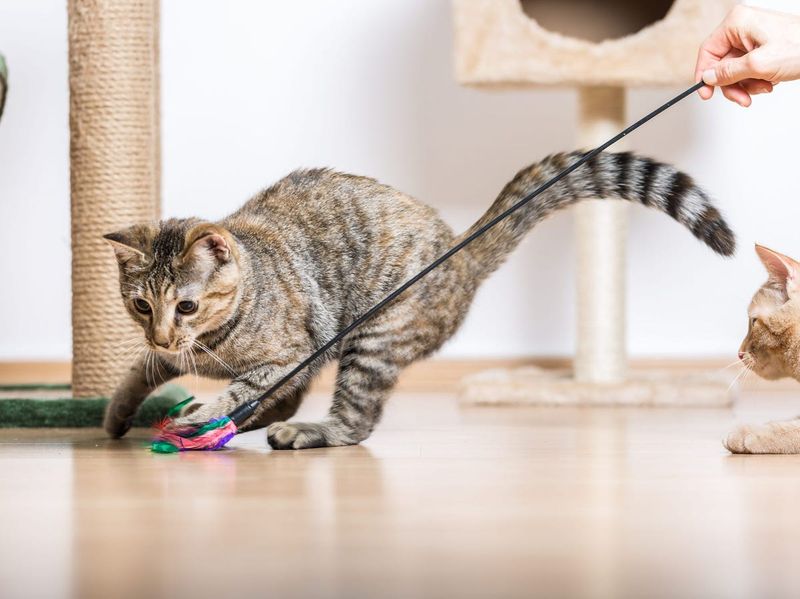
Sudden bursts of energy, known as the zoomies, are a delightful part of cat life. These manic runs are a way for cats to release pent-up energy and stress.
Whether it’s racing through hallways or bouncing off furniture, zoomies are a sign of a happy, healthy cat. Instead of discouraging this exuberant play, enjoy the show and provide opportunities for safe exploration and exercise.
13. Nose-To-Nose Greetings
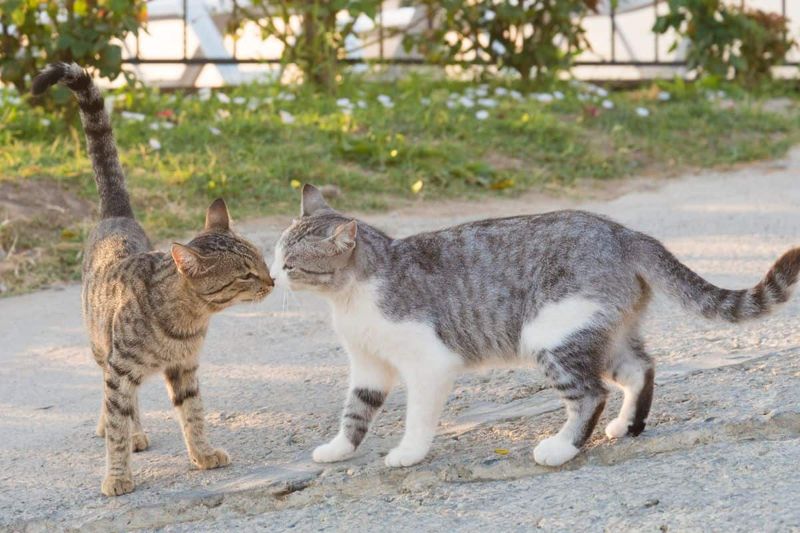
When cats greet each other with a gentle nose touch, it’s a polite way to say hello. This behavior is akin to a handshake, allowing them to exchange scent and establish comfort.
It’s a peaceful way of acknowledging each other’s presence and intentions. If your cat offers you a nose-to-nose greeting, consider it an honor and respond gently. It’s a sweet, subtle connection shared among friends.
14. Playing With Water
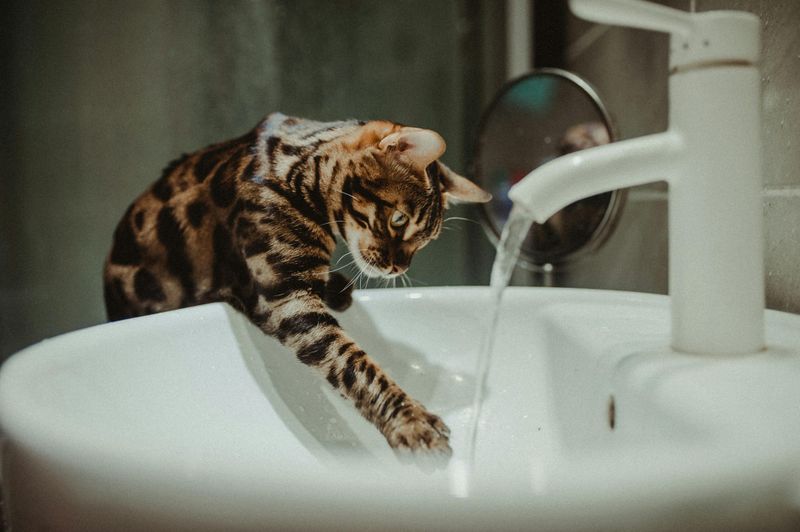
Though often portrayed as water-averse, some cats are fascinated by water. Playing with water is a sensory experience, stimulating their curiosity and providing entertainment.
Whether it’s batting at dripping taps or splashing in a bowl, this behavior enriches their environment. Encourage this play with safe water games, allowing your cat to explore their aquatic interest without fear or restriction.
15. Tail Twitching
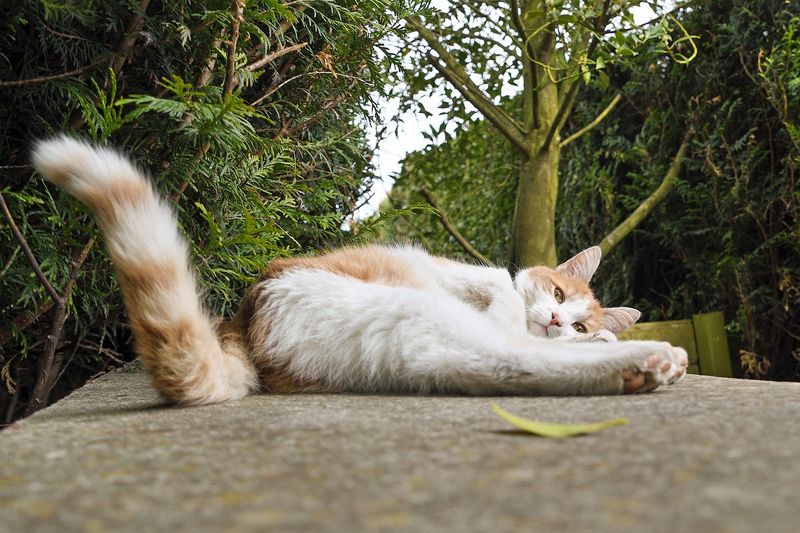
A twitching tail is a window into a cat’s mood. This expressive behavior can indicate excitement, curiosity, or irritation.
Paying attention to tail movements can help you understand your cat’s feelings and respond appropriately. Whether they’re intrigued by a new toy or annoyed by an interruption, the tail twitch is a vital part of their communication toolkit. It’s fascinating and insightful!
16. Grooming You
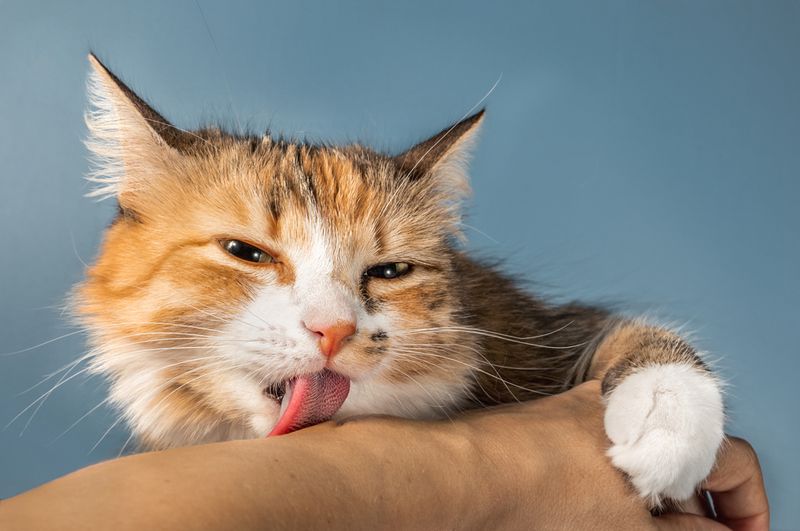
When a cat grooms you, it’s a bonding experience. This behavior mirrors the mutual grooming seen among cats, known as allogrooming.
By licking your skin or hair, they’re marking you as part of their family and showing affection. It’s a sign of trust and companionship. While it might feel a bit odd, grooming is a compliment, acknowledging you as a member of their close-knit circle.


